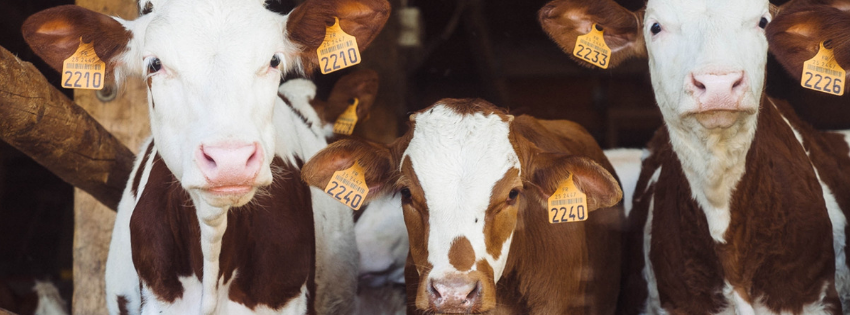Hot and humid weather can take its toll on people, but calves are also susceptible to heat stress. To ensure calves stay healthy and maintain their growth rates, it’s important to keep them cool and comfortable during the sticky summer months. The hot Summer months are certainly upon us here in Australia so here’s how you can keep your calves cool this Summer.
Calves are at their best in environments between 12 – 25 degrees Celsius. Once it gets warmer than that, they’re eating less and using energy trying to keep cool instead of devoting that energy to growth.
Calves suffering from heat stress will show signs of reduced movement, decreased feed intake, higher water consumption, rapid respiration, open-mouth breathing and a lack of coordination in their movement.
Here are some top tips to keep calves cool in hot weather:
- Try to do stressful activities, like moving, grouping, handling or vaccinating in the morning hours when it is cooler. Although evening temperatures can seem cool, a calf’s body temperature can lag behind ambient temperature by four to six hours so it is best to limit stressful activities to morning hours.
- Make sure calves have plenty of cool, clean and fresh water. This helps ensure they don’t get dehydrated and keeps their internal temperature down. A heat-stressed calf can drink between 11 and 22 litres of water per day.
- Provide fresh feed daily to ensure calves continue to eat even in hot weather.
- Feed calves before or after peak times of heat and humidity. Calves’ digestion peaks approximately four hours after feeding so altering your feeding time will ensure this doesn’t happen during the hottest time of the day.
- Clean and sanitize water and milk pails regularly – this prevents algae, mould and bacteria growth.
- Keep calves well-bedded and dry. Sand bedding will keep calves cooler and also helps control flies.
- For calves housed outdoors, make sure there is access to shade and protection from wind or heavy rain.
- Fresh, clean air is important to maintain calf health. Either natural ventilation or total air exchange with fans is essential to keep their immune systems strong. In naturally ventilated buildings, all vents and sidewall curtains should be completely open. Bad ventilation can result in respiratory problems, decreased feed consumption and reduced gain.
- Make sure there is good airflow in and around hutches. Keep hutch vents and doors open.
- Lift the back of the hutch slightly off the ground. This lowers temperature and carbon dioxide levels inside the hutch and boosts air movement.
- Situate calf hutches in shaded areas. If you do not have naturally shaded areas, consider building temporary shade structures – like those used to protect ginseng crops from the sun – to keep the hutches cool. Feed and water should also be kept in the shade. These should be at least 14 feet (4.26 m) high to ensure good airflow.
- Calves with dark hides are more susceptible to heat stress than those with lighter-coloured hides.
Recommended reading:
Original article sourced from calfcare.ca




